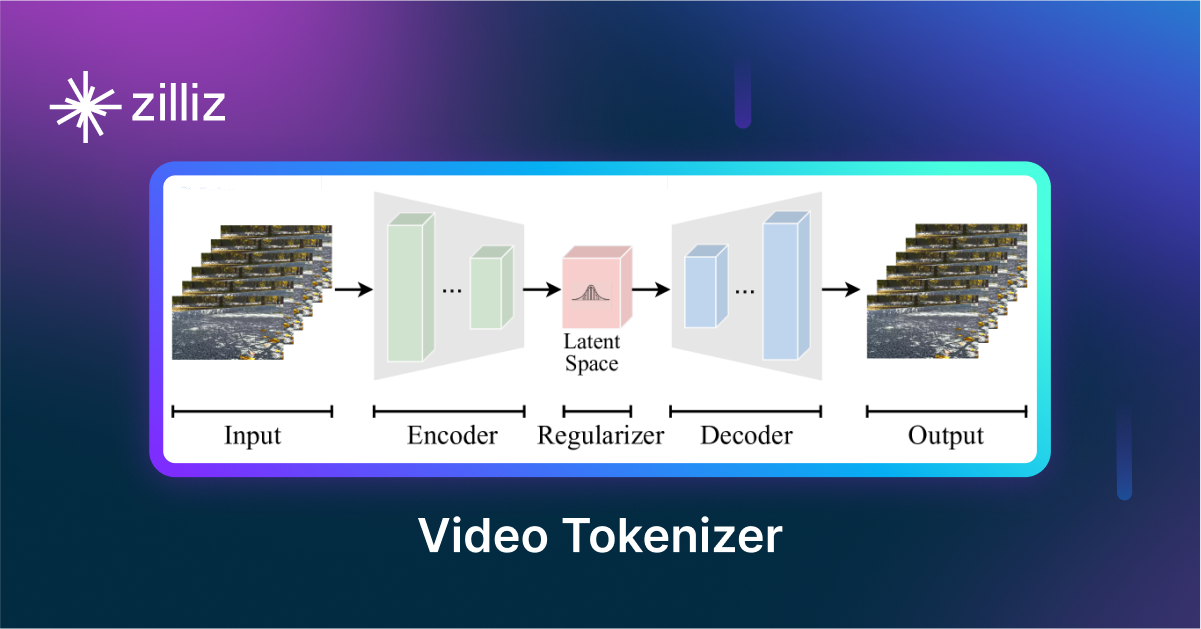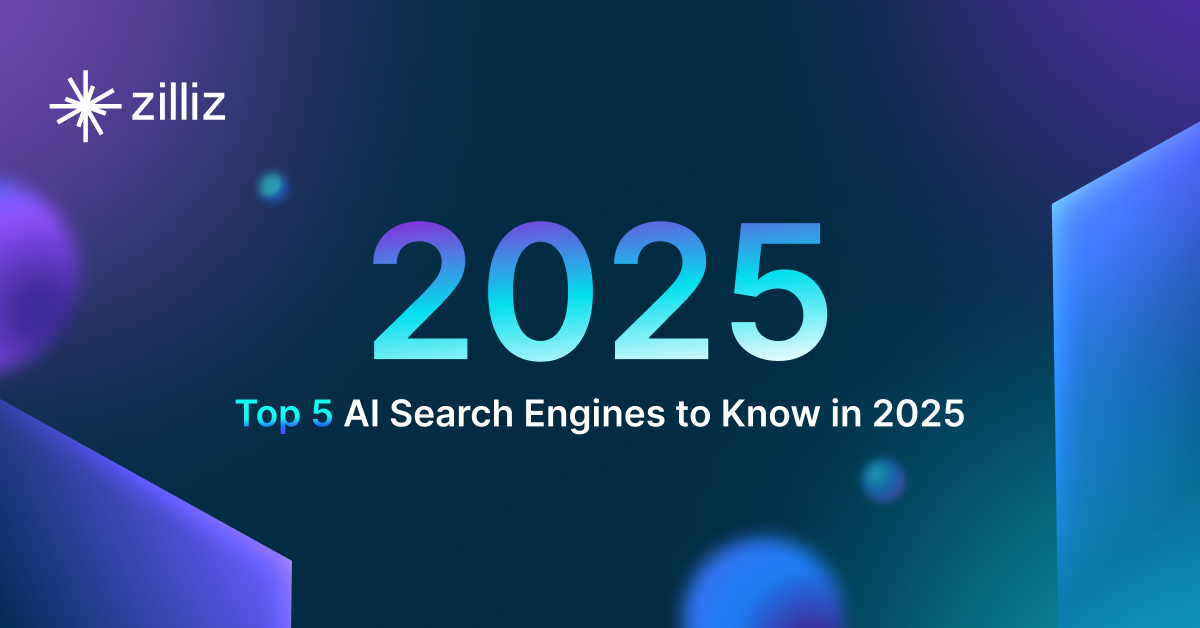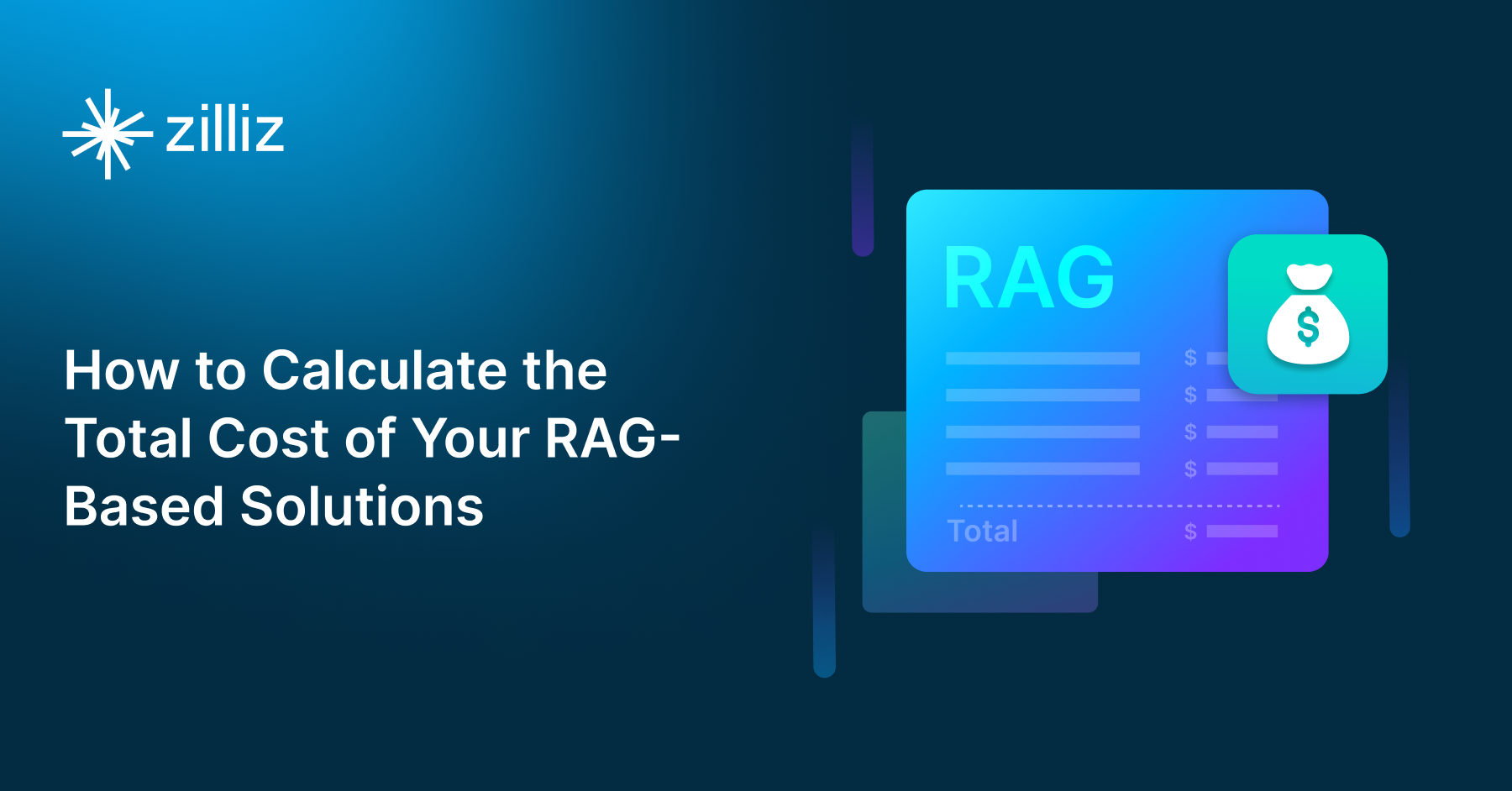AI Integration in the Legal Industry: Revolutionizing Legal Practice with Data-Driven Solutions

The legal industry stands at the cusp of an AI revolution, with 72% of legal professionals viewing AI as a force for good in their practice. This article explores how AI technologies—particularly vector databases and language models—are transforming legal work, from document processing to research and analysis. Drawing from the comprehensive Thomson Reuters 2025 report, which provides all statistics referenced in this article, we'll examine current challenges, emerging solutions, and practical steps for implementing AI in legal practice.
Introduction
Artificial Intelligence (AI) is poised to revolutionize the legal ecosystem. While traditional legal work has long been known for its methodical and detail-oriented nature, the introduction of AI technologies, particularly in document processing, legal research, and contract analysis, is transforming how lawyers, legal operations leaders, and legal technologists operate. At the heart of this transformation are vector databases—specialized systems that convert legal documents into mathematical representations, enabling sophisticated semantic search and analysis capabilities. This blog post explores the current and future state of AI in the legal industry, highlighting how AI-powered tools are addressing long-standing industry challenges.
Current State: Understanding the Legal AI Landscape
The legal industry is undergoing significant change, with 72% of legal professionals viewing AI as a force for good in their practice. However, there’s still a gap in widespread AI adoption, and many legal professionals have been hesitant due to concerns about reliability, security, and ethics. The report reveals that half of the law firm respondents now see exploring and implementing AI as their highest priority, recognizing its potential to address various operational needs.
Despite these opportunities, key challenges remain. Legal work, particularly document review, research, and contract analysis, is time-consuming and repetitive. Modern AI technologies are transforming how legal teams work with their document collections, powered by several breakthrough innovations:
Advanced language models (called transformer models) that can understand context and nuance in legal texts, similar to how experienced lawyers interpret documents
Vector embeddings that convert legal documents into a mathematical format that captures their meaning, enabling sophisticated similarity comparisons
Semantic search powered by vector databases that can find relevant documents based on their meaning rather than just matching keywords
Large Language Models (LLMs) that can assist with drafting, summarization, and initial document review
These technologies work together to create powerful tools for legal work. For example, when searching through case law, the system can understand that a query about "workplace discrimination" should find relevant cases discussing "employment bias" or "unfair treatment" - even if these exact phrases aren't used. In fact, AI-powered tools can save lawyers approximately 4 hours per week, translating to an annual $100,000 in new billable time per lawyer. These figures underscore the efficiency gains AI can bring to legal practices, making it easier to focus on higher-value tasks like client strategy, litigation planning, and business development.
Key Challenges in Legal Document Processing:
Complex Document Understanding: Legal work involves diverse document types - from contracts and court filings to corporate records and evidence exhibits - each requiring different analysis approaches. Traditional OCR struggles with varying layouts, while modern AI document intelligence can adapt to different formats and understand document context. The challenge isn't just reading text, but understanding the legal significance and relationships between documents.
Multilingual Document Processing: In today's global legal landscape, documents span multiple languages and jurisdictions. Modern language models and specialized embeddings can now process multiple languages simultaneously, understanding legal context across languages. This goes beyond simple translation - it's about maintaining legal meaning across language barriers and identifying critical details that could affect case outcomes.
Process Automation Complexity: Legal workflows involve interconnected steps with complex dependencies and requirements. Each step requires understanding specific rules, timing requirements, and relationships between different documents and parties. While basic automation can handle simple tasks, more sophisticated AI is needed to validate requirements, flag potential issues, and adapt to changing legal standards and jurisdictional requirements.
Data Accuracy and Verification: Legal decisions depend on precise data accuracy across multiple documents and systems. Modern AI systems can cross-reference information across documents, detect inconsistencies, and validate data against legal requirements. This becomes particularly crucial when dealing with complex legal entities, jurisdictional variations, and maintaining audit trails for compliance.
Future State: AI-Powered Legal Document Intelligence
Looking ahead, AI's role in legal work will only grow. Once again, data from the Thomson Reuters 2025 report shows that 77% of legal professionals believe AI will have a transformational impact in the next five years, reinforcing that AI is not just a passing trend but a critical part of the industry's future. The evolution of AI technologies - from more sophisticated language models to advanced vector search capabilities - will enable legal teams to handle increasingly complex document analysis and workflow automation.
This transformation will be driven by several key technological advances:
Document intelligence systems that can understand complex legal relationships across entire document collections
Multimodal AI that can process text, videos, images, tables, and diagrams in legal documents as seamlessly as human experts
Advanced retrieval systems powered by vector databases that enable semantic search across millions of documents in milliseconds, finding relevant precedents even when the language differs significantly
Collaborative AI tools that augment legal professionals' expertise rather than attempting to replace human judgment
The impact on legal practice will be significant. 59% of legal professionals believe AI will allow them to handle large volumes of legal data more effectively, enhancing both accuracy and speed in legal workflows. Beyond just automation, these tools will enable new capabilities - from predictive analytics for case outcomes to real-time compliance monitoring. 41% of survey respondents see AI as a means to improve client response times, and the next generation of AI tools will go further, enabling proactive risk identification and more strategic legal counsel.
Benefits of Modern AI in Legal Work:
Intelligent Document Processing: Vector embeddings and transformer models enable sophisticated document understanding - automatically extracting key information, identifying relevant clauses, and connecting related concepts across documents. This technology can process thousands of documents in hours rather than weeks, dramatically accelerating review and analysis workflows.
Cross-Lingual Document Intelligence: Modern Machine Learning (ML) language models and multilingual embeddings can process documents in over 170 languages simultaneously, understanding legal concepts across language barriers. The system can maintain semantic meaning between languages, ensuring that legal nuances aren't lost in translation.
Real-Time Document Intelligence: Vector databases enable millisecond search across millions of documents, allowing legal teams to instantly find relevant precedents, identify similar cases, or validate compliance requirements. This capability transforms how legal professionals interact with their document collections, enabling more responsive and data-driven decision making.
Enhanced Accuracy and Validation: AI systems can cross-reference information across multiple documents, using contextual understanding to spot inconsistencies, flag potential issues, and validate legal requirements. The combination of transformer models for understanding and vector search for verification creates multiple layers of quality control.
Knowledge Discovery: Beyond just processing known documents, these systems can uncover hidden patterns and relationships in legal data. Vector similarity search can identify relevant precedents even when the language differs significantly, helping legal teams discover applicable cases or regulations they might have otherwise missed.
Case Study: AI-Powered Immigration Document Processing
A real-world example of AI’s impact on legal work can be seen in the immigration law sector. Immigration document processing is traditionally tedious, time-consuming, and prone to errors, especially when dealing with cross-lingual communication. By integrating AI and vector databases, immigration firms can automate document processing across 170+ languages, extracting relevant data from client documents and populating USCIS forms automatically. This not only accelerates processing times—completing forms in minutes—but also ensures accuracy and compliance, providing clients with real-time case updates.
For example, a law firm handling immigration cases might use AI to extract information from uploaded client documents in their native languages, auto-fill relevant forms, and even track case status in real-time. This capability significantly reduces administrative burdens, allowing legal professionals to focus on higher-level legal work and client relationships.
Recommendations: Implementing Modern AI in Legal Technology
For legal professionals and technologists looking to adopt advanced AI capabilities, consider these strategic approaches:
- Start with Document Intelligence Foundations:
Implement vector databases and embeddings to enable semantic search across document collections
Use transformer models for automated document analysis and classification
Begin with well-defined document types and gradually expand to more complex use cases
Focus on high-volume, standardized documents first to demonstrate clear ROI
- Build Scalable AI Infrastructure:
Design systems that can handle growing document volumes while maintaining millisecond response times
Implement proper data pipelines for document processing and embedding generation
Ensure your vector database can scale with your document collection
Plan for multi-language support from the beginning
- Maintain Human-AI Collaboration: While 96% of legal professionals believe AI should not fully replace human judgment, modern AI can significantly augment human expertise:
Use AI for initial document review and analysis, with human experts validating key findings
Implement feedback loops where human corrections improve system accuracy
Focus AI on surfacing relevant information rather than making final decisions
Establish clear protocols for when human review is required
- Develop Cross-Functional Expertise: New roles will emerge at the intersection of legal and AI technology:
Legal AI Engineers who understand both legal requirements and AI capabilities
Vector Search Specialists who can optimize retrieval systems for legal use cases
AI Operations Managers who can bridge technical and legal teams
Data Quality Specialists focusing on maintaining accurate training data and embeddings
- Plan for Emerging Capabilities:
Stay informed about advances in language models and their legal applications
Prepare data infrastructure for multimodal AI that can handle text, tables, and diagrams
Consider how real-time retrieval can enable new legal service offerings
Build systems that can adapt to new AI capabilities as they emerge
How Zilliz Can Help
As the legal industry embraces AI and vector databases to enhance document processing, Zilliz Cloud—built on the widely successful open-source project Milvus—stands out as a leading solution for legal teams. Our fully managed vector database enables:
- Enterprise-Ready Security: Bank-grade encryption, role-based access controls, and compliance features designed specifically for sensitive legal documents.
- Unmatched Performance: Process and search millions of legal documents with sub-second response times, even with complex semantic queries.
- Intelligent Search: Find relevant legal precedents, similar cases, and related documents based on meaning and context, not just keyword matching.
- Global Language Support: Seamlessly analyze legal documents across languages while preserving legal meaning and nuance.
- Seamless Integration: Connect with your existing legal document management systems through our comprehensive API suite.
- Transparent Pricing: Predictable, consumption-based pricing with no hidden costs.
Next Steps: Getting Started with AI in Your Practice
Ready to explore how modern AI can transform your legal document workflows? Here's how to begin:
- Start Small but Think Big:
Choose a specific document collection for your pilot project (e.g., contracts, case law, or regulatory documents)
Work with Zilliz Cloud's team to set up a proof of concept that demonstrates semantic search capabilities
Measure current search and retrieval times to establish a baseline for ROI
- Engage with Experts:
Schedule a consultation with Zilliz Cloud's solutions team to assess your specific needs
Get guidance on best practices for document embedding and vector search
Learn how other legal organizations are successfully implementing similar solutions
- Quick Wins First:
Begin with semantic search across your document collection
Experience real-time retrieval of relevant documents based on meaning, not just keywords
See how vector search can uncover connections in your legal documents that traditional search misses
Ready to see how vector search can transform your legal practice? Contact our team to schedule a demo and discuss your specific use case.
- Introduction
- Current State: Understanding the Legal AI Landscape
- Case Study: AI-Powered Immigration Document Processing
- Recommendations: Implementing Modern AI in Legal Technology
- How Zilliz Can Help
- Next Steps: Getting Started with AI in Your Practice
Content
Start Free, Scale Easily
Try the fully-managed vector database built for your GenAI applications.
Try Zilliz Cloud for FreeKeep Reading

VidTok: Rethinking Video Processing with Compact Tokenization
VidTok tokenizes videos to reduce redundancy while preserving spatial and temporal details for efficient processing.

Top 5 AI Search Engines to Know in 2025
Discover the top AI-powered search engines of 2025, including OpenAI, Google AI, Bing, Perplexity, and Arc Search. Compare features, strengths, and limitations.

How to Calculate the Total Cost of Your RAG-Based Solutions
In this guide, we’ll break down the main components of RAG costs, show you how to calculate these expenses using the Zilliz RAG Cost Calculator, and explore strategies to manage spending efficiently.
